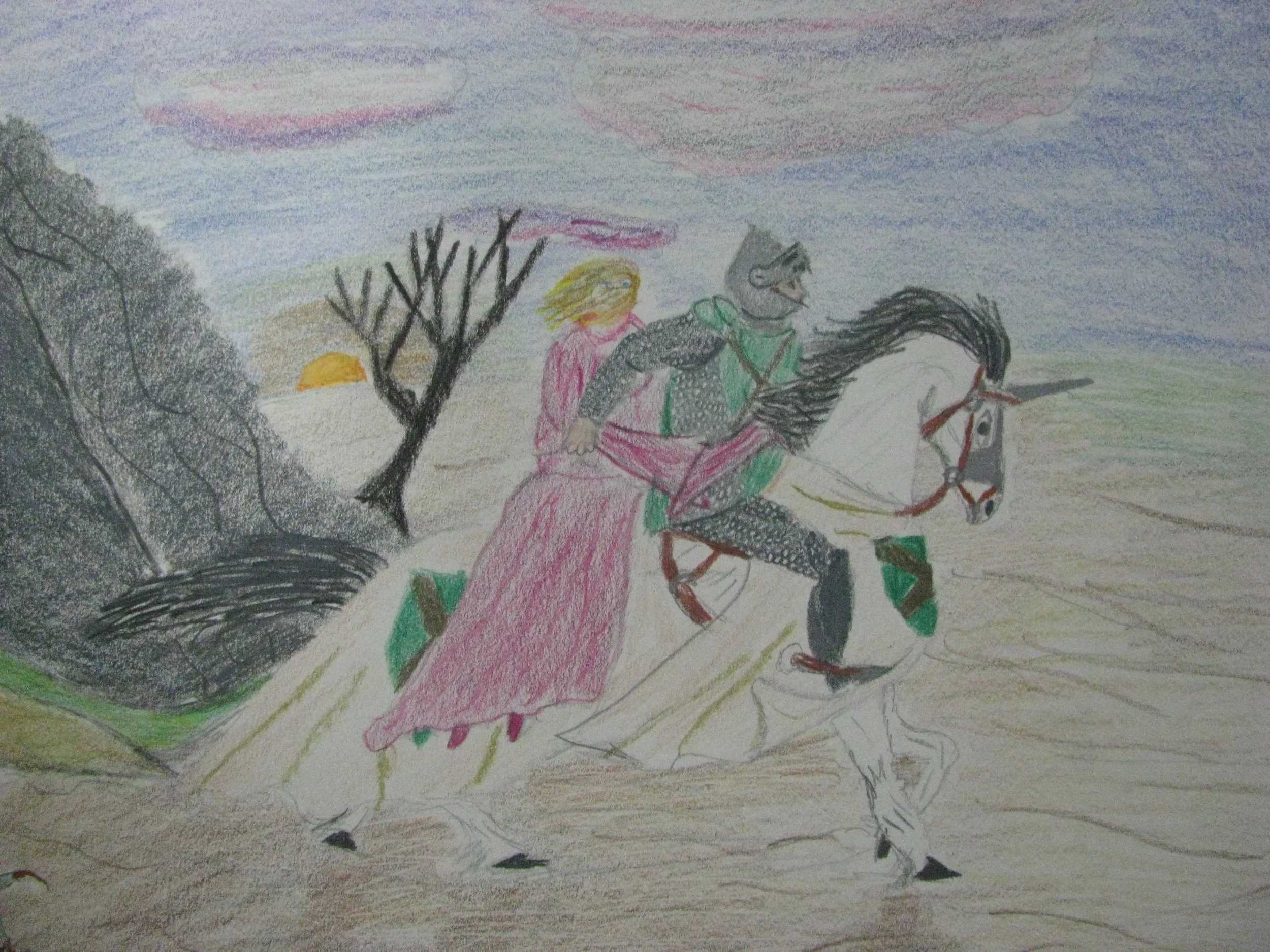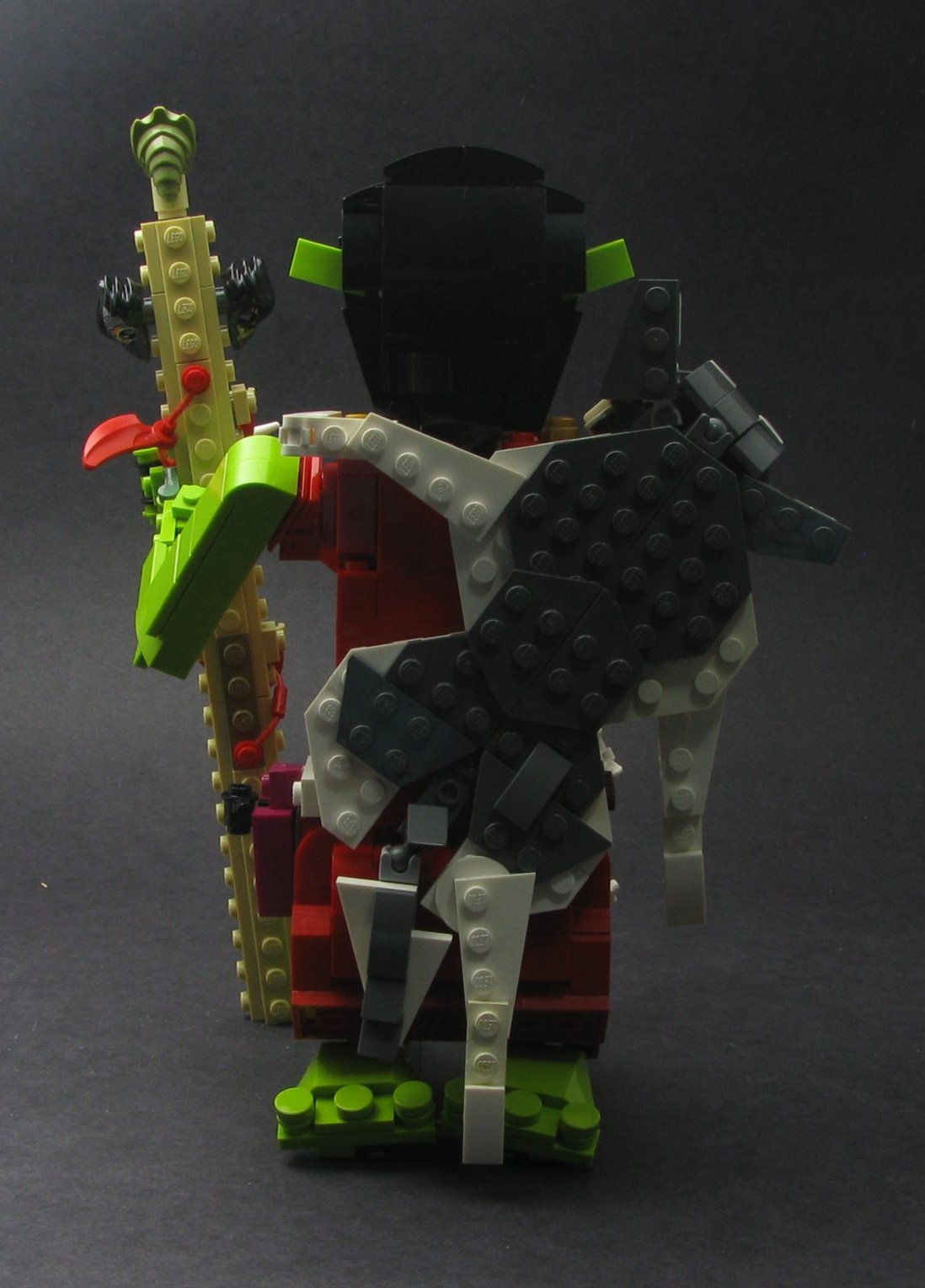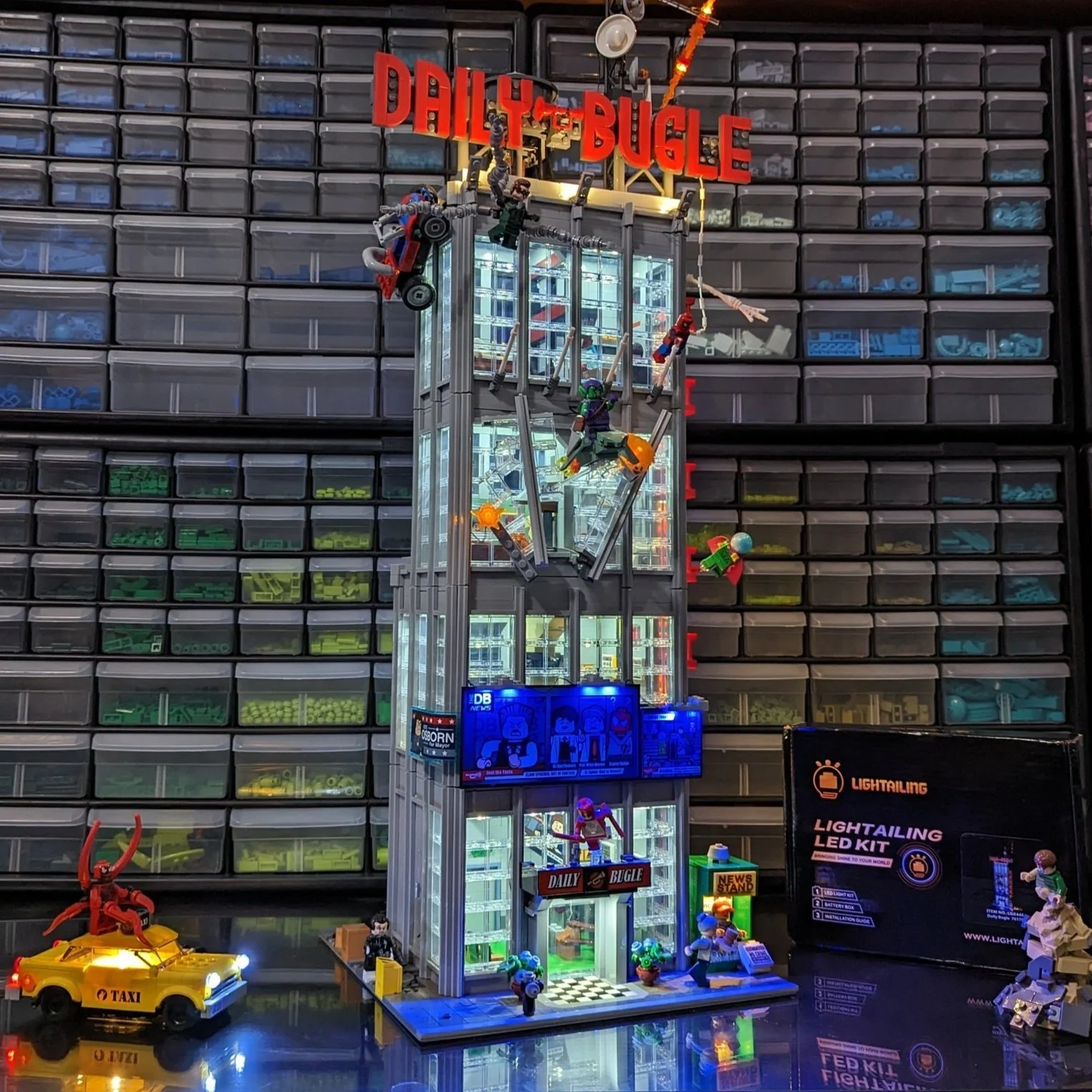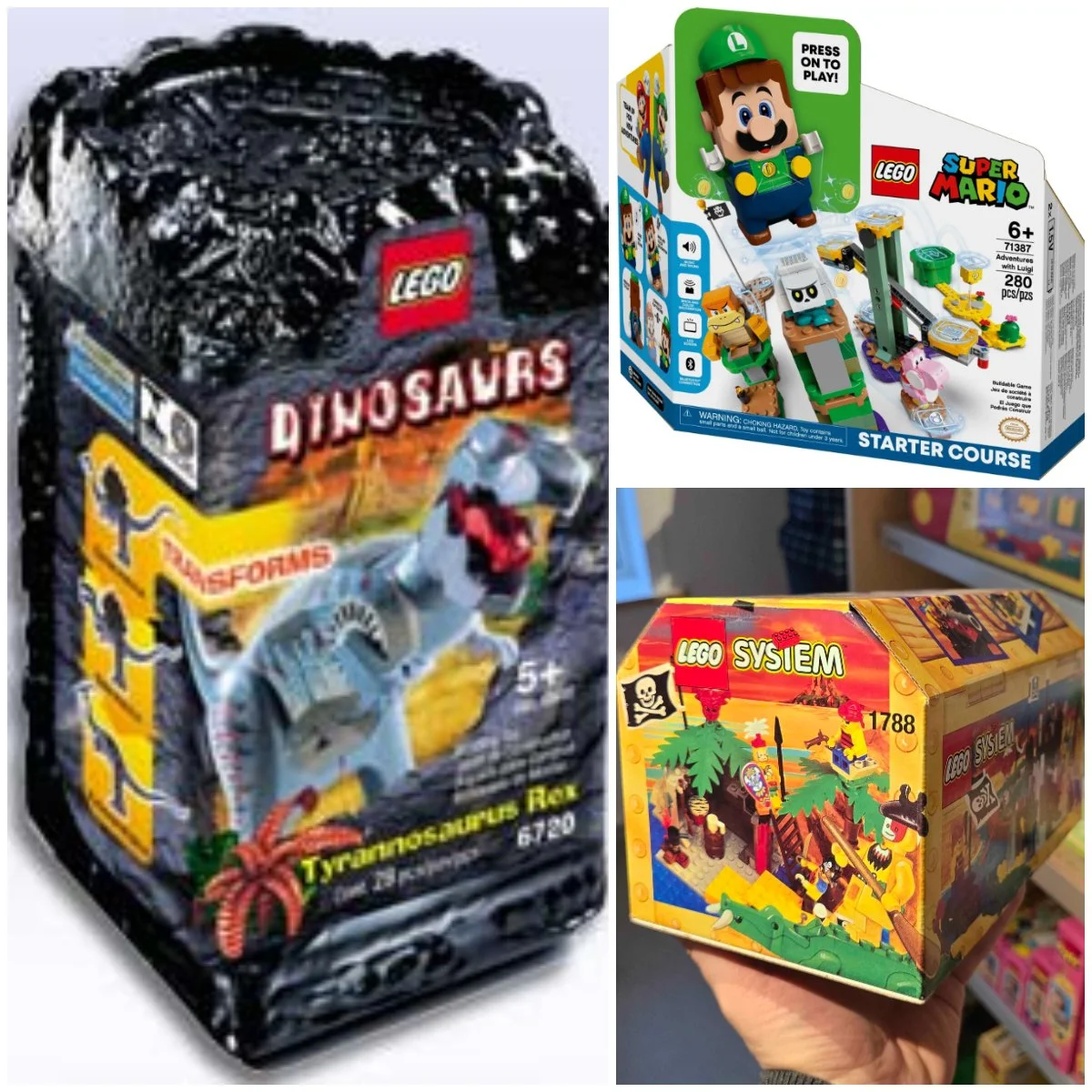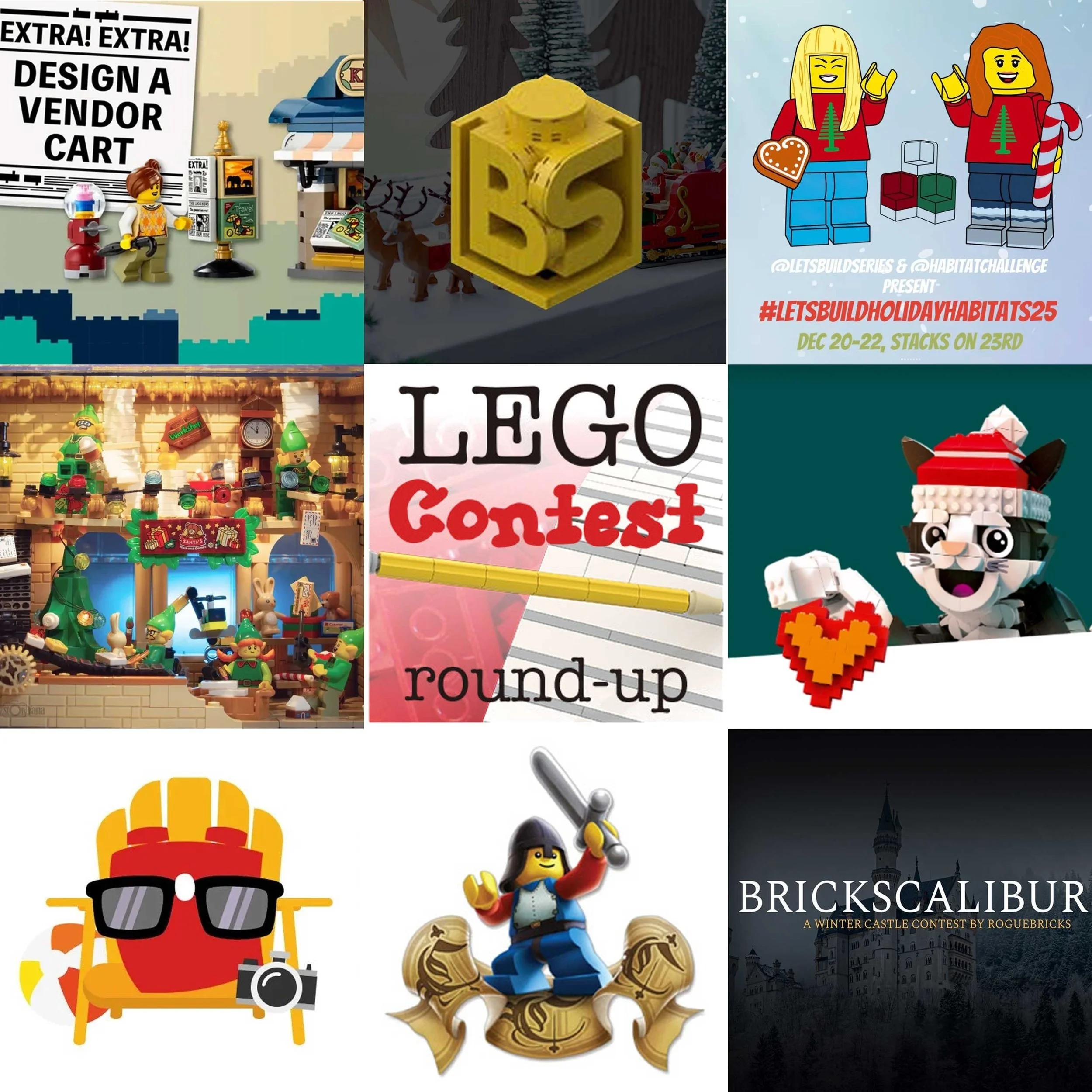Go Figure! Exploring LEGO Figure Building
/“If you can draw the human figure, you can draw anything!” I’ve seen this statement in all manner of art books and websites. There’s a lot of truth in it, but also a mighty challenge! We all know exactly what a person looks like. So it is very easy to be hyper-critical of small mistakes. Plus, the human form is hard with so many curves, so many things that are proportional to each other, then tie in foreshortening effects, and on and on.
Many of the same issues exist in building the human form in LEGO with the addition of working in a medium that is fairly rectangular. Figure/character building is so not my wheelhouse—my much-neglected Flickr is mostly spaceships, castles, and LUG events. That being said, some of my figure builds are MOCs I’m the most proud of. So I hope sharing my journey out of my comfort zone will inspire you to try something new.
I drew this about Junior year of High School, it is not to bad but there are a lot of things out of proportion
Proportions
Let’s talk about why the human form is hard. Proportions! Things can be very disproportionate and our brains can accept them as human-shaped—look at our beloved minifigures and minidolls or other things like comic strips and Funko-Pop figures. On the other end, when we almost get it right but not quite, we enter the dreaded uncanny valley—the doom of so many virtual effects. Some of the rules of thumb for artists for nailing human proportions are:
7.5 heads high
Spread hands as big as face
Spread arms roughly equal to height
Half height is slightly below hips, quarter height marks are chest and knees.
Now, there is nothing wrong with distorting proportions a bit. But you have to keep things relative when you do so. Like scaling a building, car, or aircraft. You can have a 4-head tall character, like a minifigure for example, but if the hands don’t hit below the waist and the legs aren’t proportionate to the torso, it just looks odd. Above I have a minifigure and a minidoll with minifig heads stacked to show “head-high” proportions. (Minidoll heads are hard to stack!)
Below are some frames from How to Draw Manga – Getting Started that illustrate different head-height characters, along with a Calvin and Hobbes comic strip (from Attack of the Deranged Mutant Killer Snow Goons collection) that illustrates how different head-height characters can coexist! This is true in real life, too, with babies and young children having a much larger head-to-body ratio than adults.

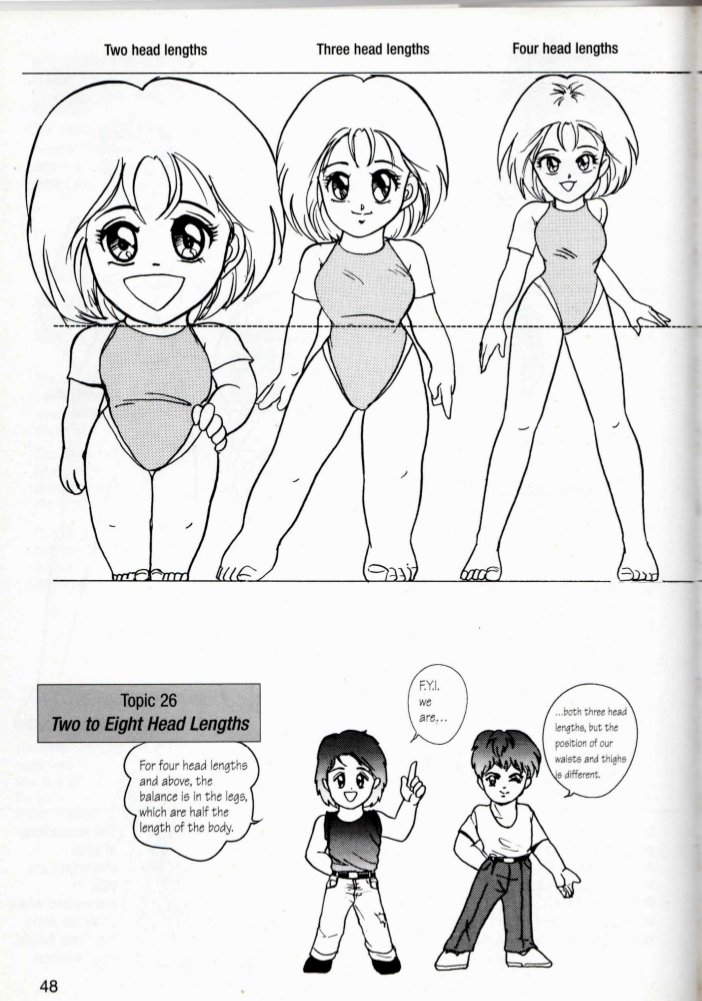
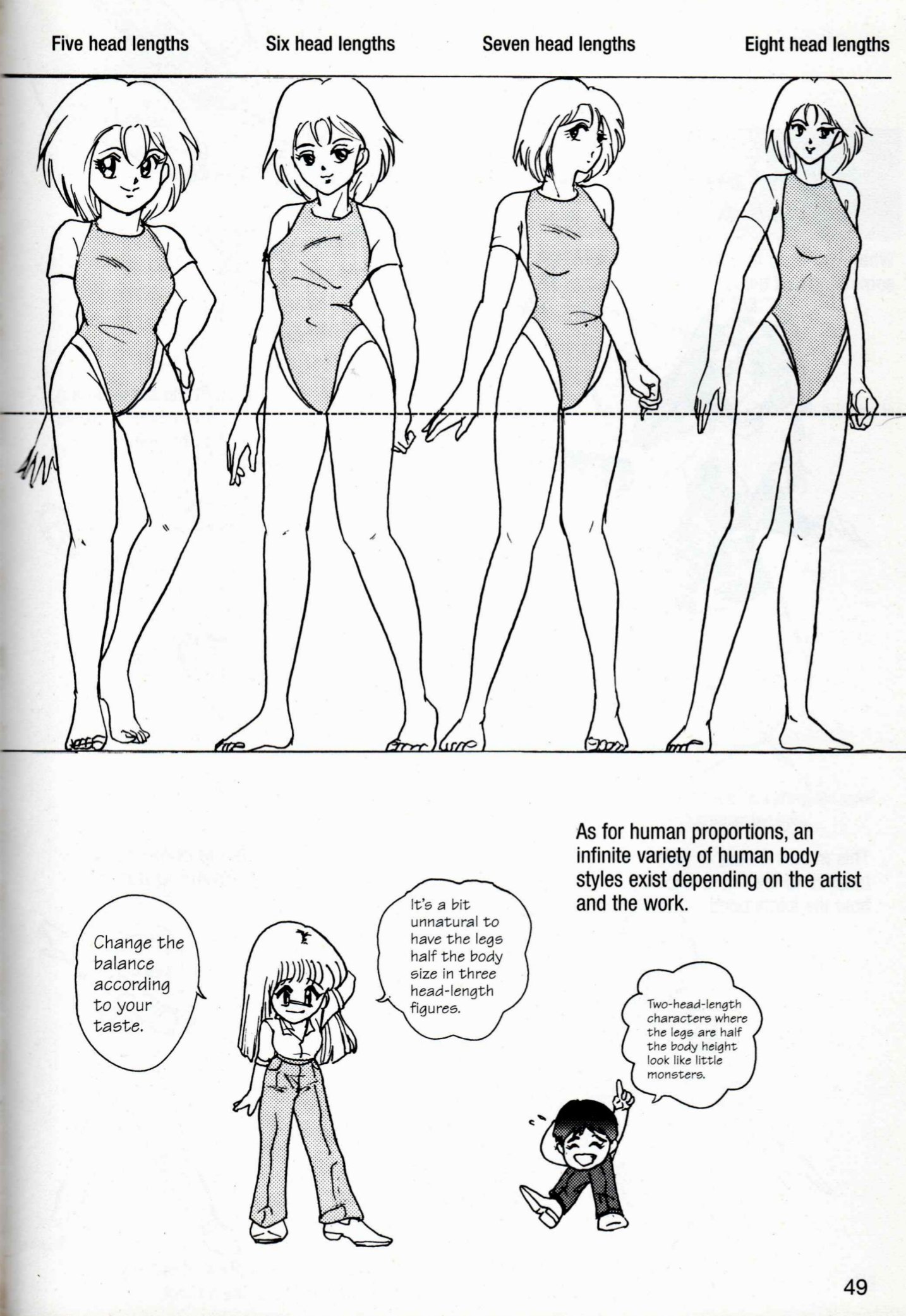
An advantage of working in LEGO is that the elements are a fixed size so that means measuring is a lot easier. A figure with a 3 brick tall head should be about 22 bricks tall if your goal is to fully capture adult human proportions.
Miniland Scale
My first attempts in figure building were in the well-defined Miniland scale. Beginning with a defined scale with rules is a great place to start. One, there are plenty of examples—if you know of anyone who’s been to a Legoland park they likely have many pictures of Miniland for ideas. Two, you have much less to figure out! Someone has figured out all the tricky proportions for you! Allan Bedford’s Unofficial LEGO Builder’s Guide has a great break down of Miniland figures (pg. 68 and 69 of the 1st Edition).
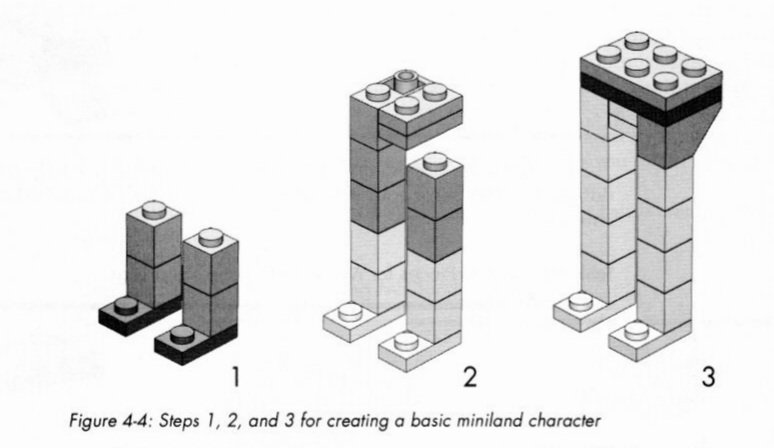
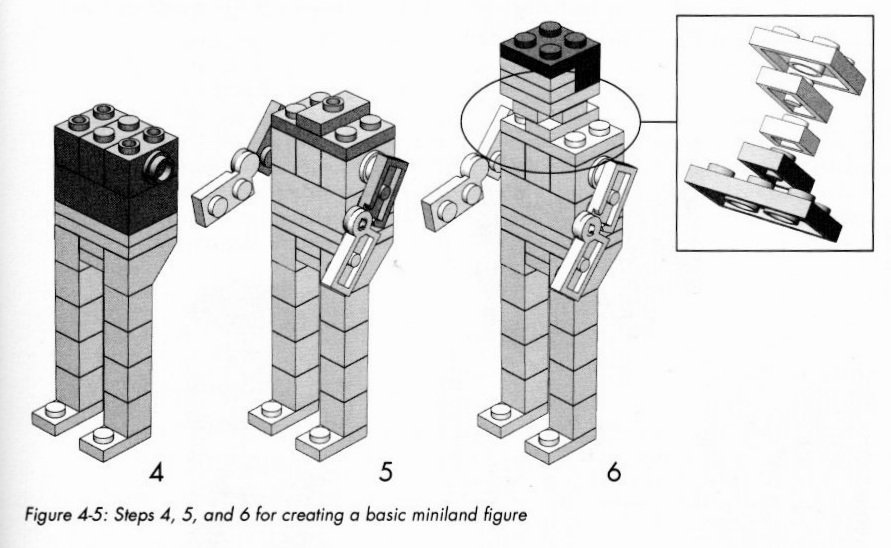
Minilanders are making a comeback with the recent Skaerbaek Fan Weekend making it their event kit. (This was born out of necessity since LEGO looks down on printed commemorative minifigures now, but you can still print on bricks!)
Interestingly, our Nerd-in-Chief Dave was also just immortalized as a Minilander at Legoland New York. Check out his Minilander built by Master Model Builder Joey, along with a a very special Nerdy accessory! If you are ever at the park, keep your eyes peeled for this guy!
Where I Started
My first foray into Miniland building was a Nativity scene that I built in 2017 for GatewayLUG’s annual display at a major Christmas lights show in our area. Joseph is pretty much a stock basic Miniland figure, Mary who is kneeling and taking the Baby Jesus out of the manger was a bit trickery to figure out. But lots of blue slopes captured her shape in the end.
For three years, they were my only figure builds. In 2020, I attempted some figures again—two fairies (see below) and some for my Classic Castle Contest XVII wizards’ battle entry. I wanted to do something non-traditional so I went Miniland scale and decided that my protagonist would be a goblin wizard, (likely inspired by Jim Hines’ Jig [cleric] and Veka [aspiring wizard] in his Goblin Trilogy and A.K. Larkwood’s Csorwe in “The Unspoken Name” that I read in early 2020).
This time we have Minland scale wizards, and skeletons! My goblin heroine and the necromancer are fairly straightforward Miniland builds. I do love using the lamp holder (part 4081) for curly hair on Miniland builds. The skeletons are fragile! The round plate to 2x3 connections for the rib cage are fiddly especially when you add arms holding sword and shield.
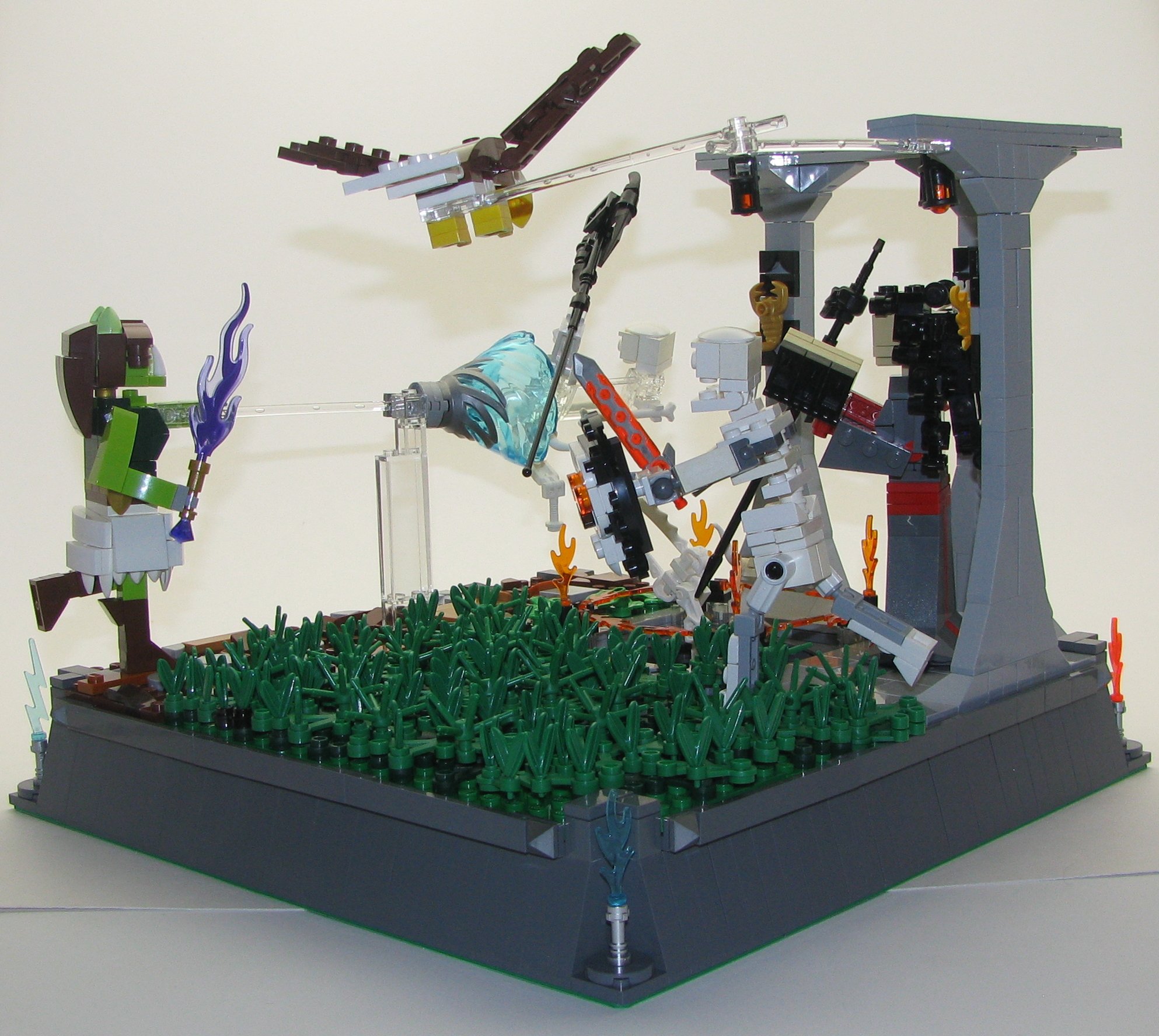
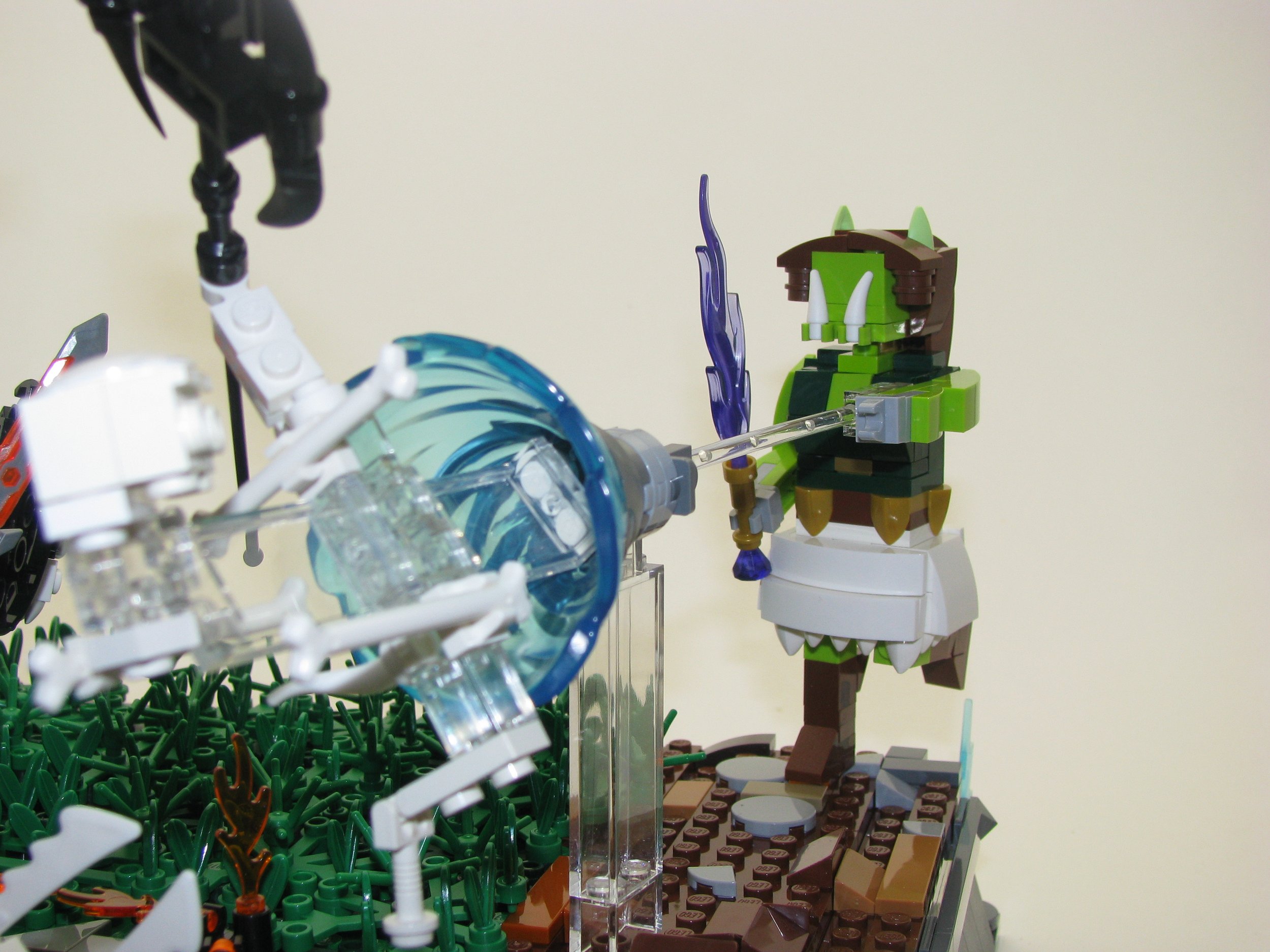

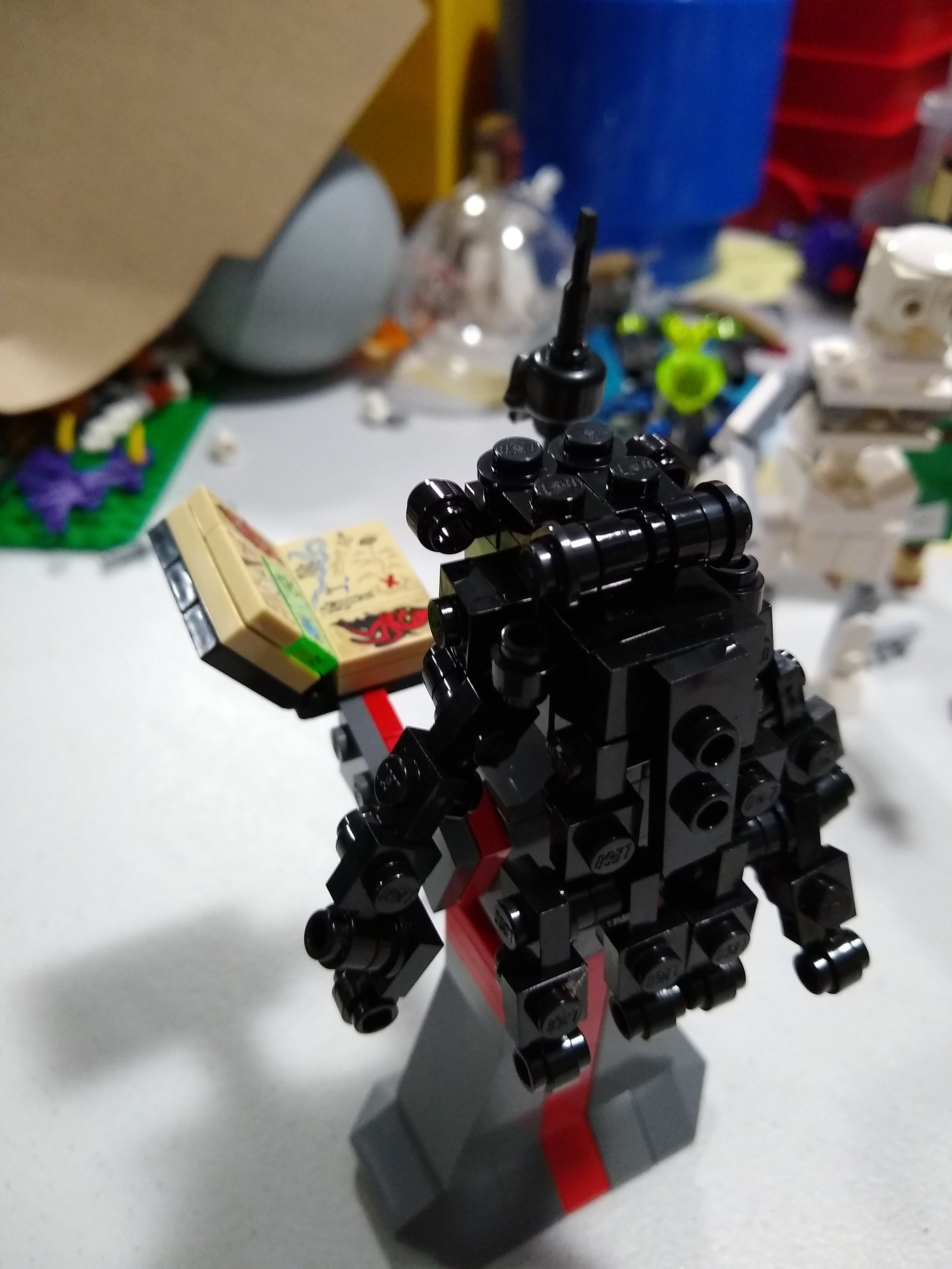

Fairies
I forget the exact genesis of my Tea Party Fairies, other than it was spring of 2020 and I likely need an injection of whimsy in my life (as I’m sure most of us did back then). The red and yellow fairy came first, followed by “Miss Sassy leaning on the coffee mug.” They were a pair that lived in various areas of my LEGO room for over a year before the rest of the tea party showed up.
With some normalization of life in 2021, the big Christmas event was back on and one of the GatewayLUG chose to have a life sized food display. I thought the tea party fairies would be a fun addition! I don’t remember if the winter fairy or cats-eye wings came first, but the star fairy was the last female one, and the butler was the final one I built. As they are fay creatures and not as rigidly confined to human proportions, their scale was a little variable so I was mostly trying to keep them in-scale to each other.




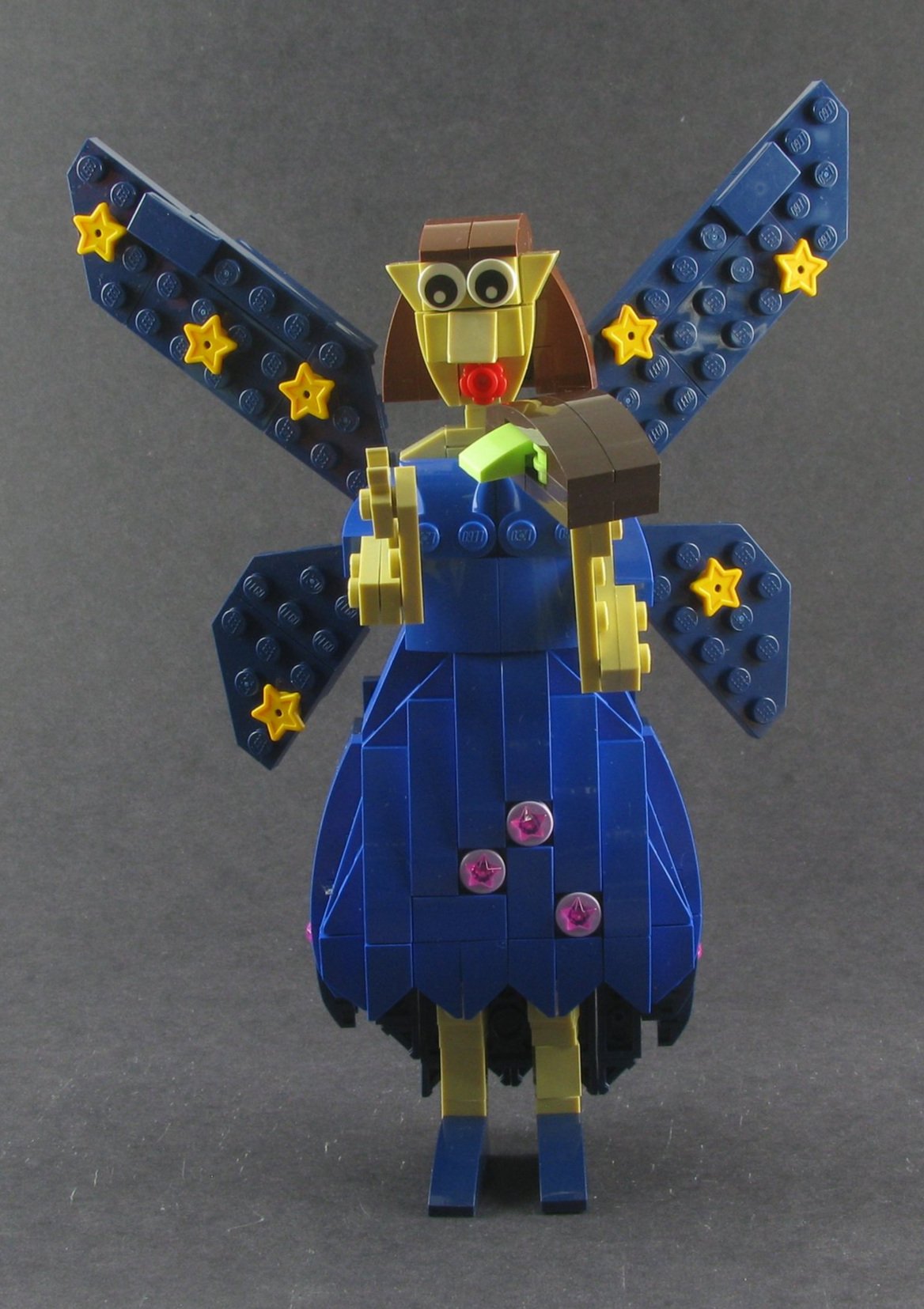
Orctober
Fellow BrickNerd Dan Ko announced Orctober at the beginning of the month, and despite having another build to complete, I started fiddling with an orc head. With this article in mind, I tried to pay attention to proportions and went for a 7-ish head high figure, setting me up for my biggest character build yet.
Wanting something that was likely different than what others were going to build, I created Stakava, a female orc priestess. She’s throwing bones for some form of divination. Building big like this has its challenges: your collection size and available parts get makes things tricky (I used all but one of my lime 1x2 plates!). Even with her kneeling which makes the head-height measurement more tricky, I hit my 7-ish heads high goal—and my arms and legs are mostly in proportion! Do I see areas to improve next time? Sure, but that’s the journey.
Getting A Head
BrickNerd has some insanely talented builders (check out the links on the About Us page!), and I’ll freely admit that I feel like I’m on the “just OK” end of the spectrum. I’ve had bouts of impostor syndrome trying to write articles—I think everyone else is so much more talented!
I ran across another common art quote recently: “Do not compare your work to others, but compare your new work to your old.” While writing this article, I scrolled through my 11 years on Flickr with this quote in mind, I realized that I’ve grown a lot! 11 years ago I would have never tried any of the above builds! (And not just because most of my collection was a 1,000 miles away!)
The creative processes is a journey, and trying new things can lead to interesting places. I hope you try something outside your wheelhouse soon and that it leads you to seeing your growth as a builder too. And for those that need encouragement, here is a break down of my fairy head design for you to play with. So start building some LEGO figures to get a head!
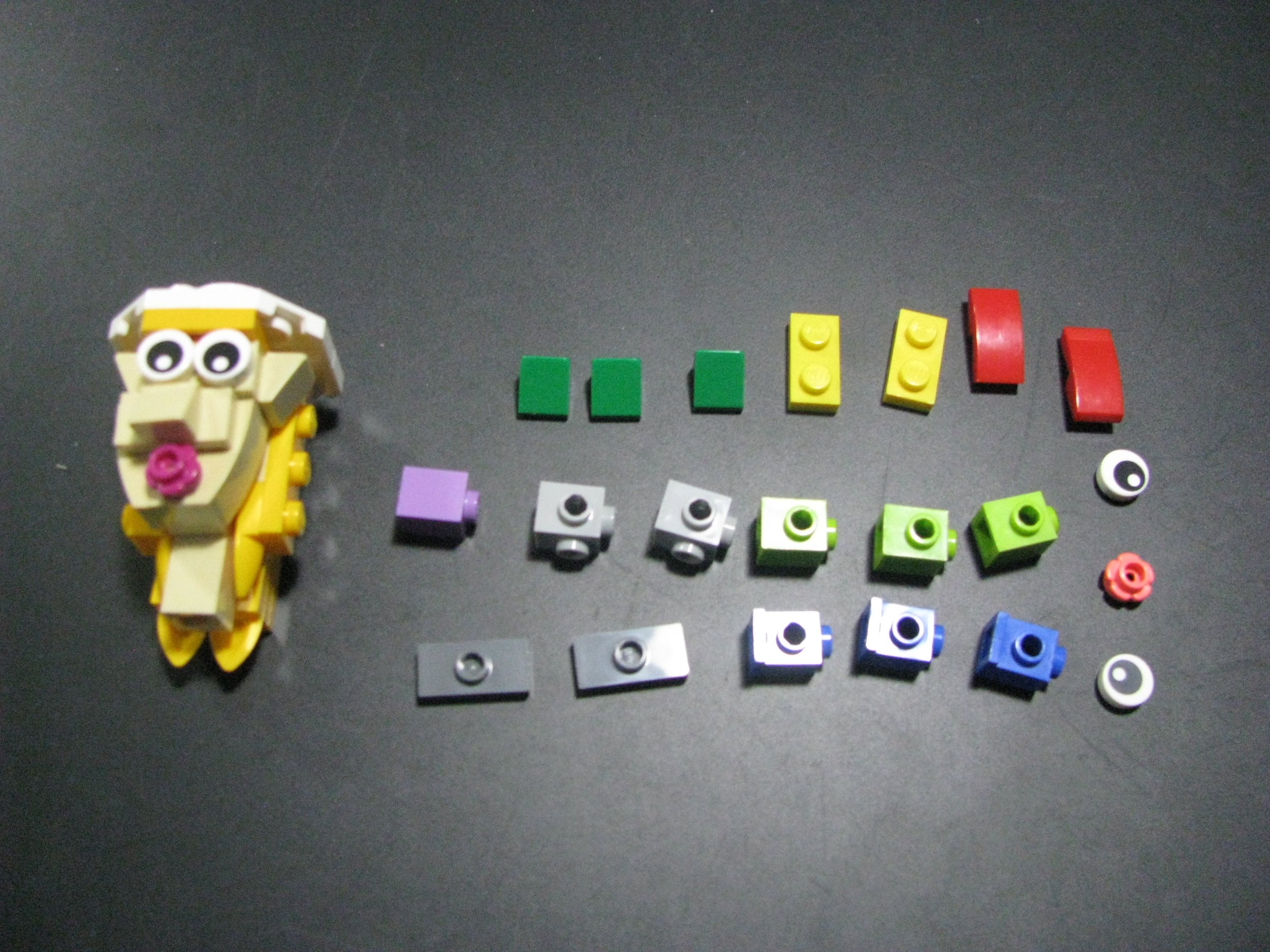
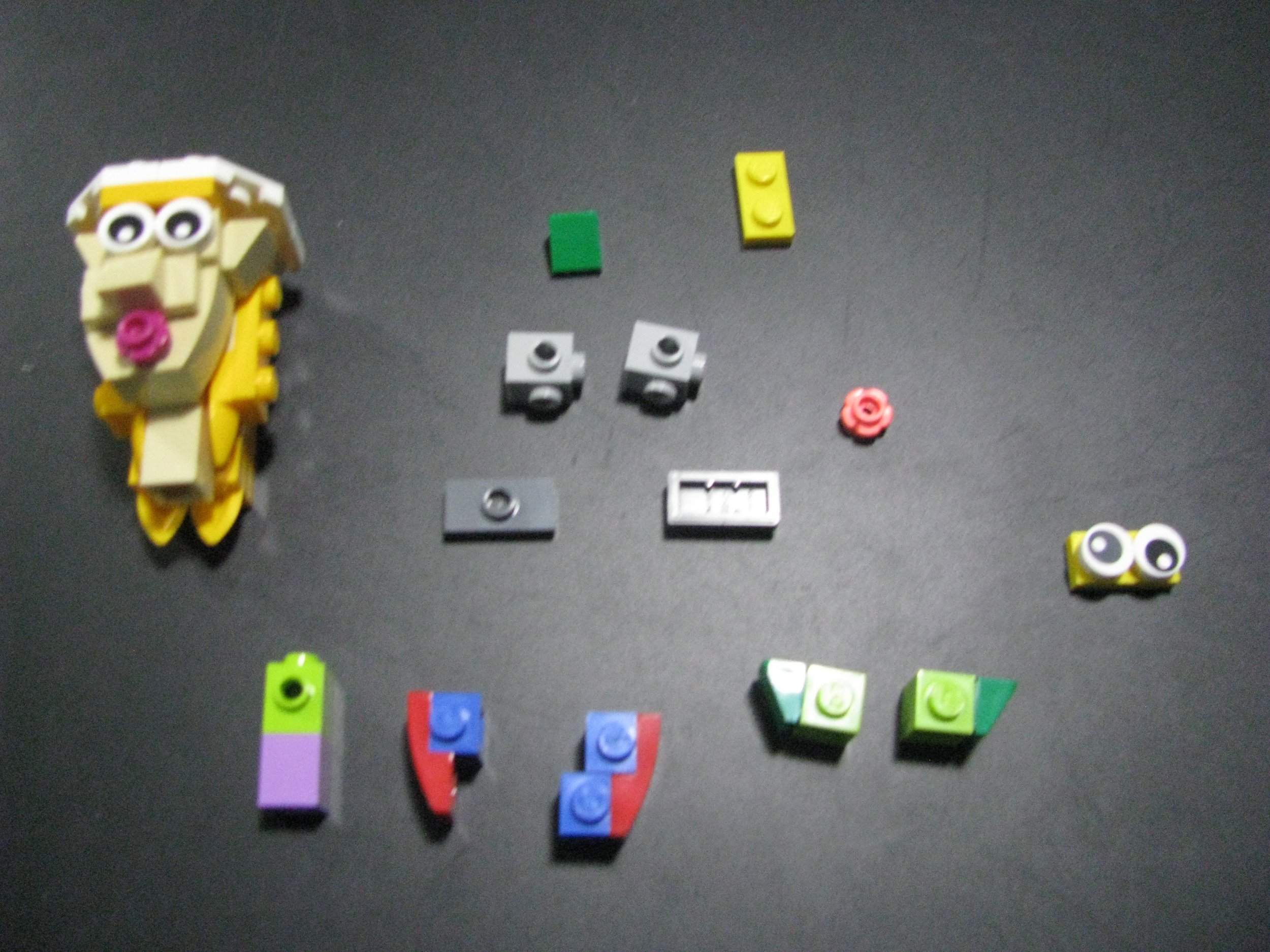
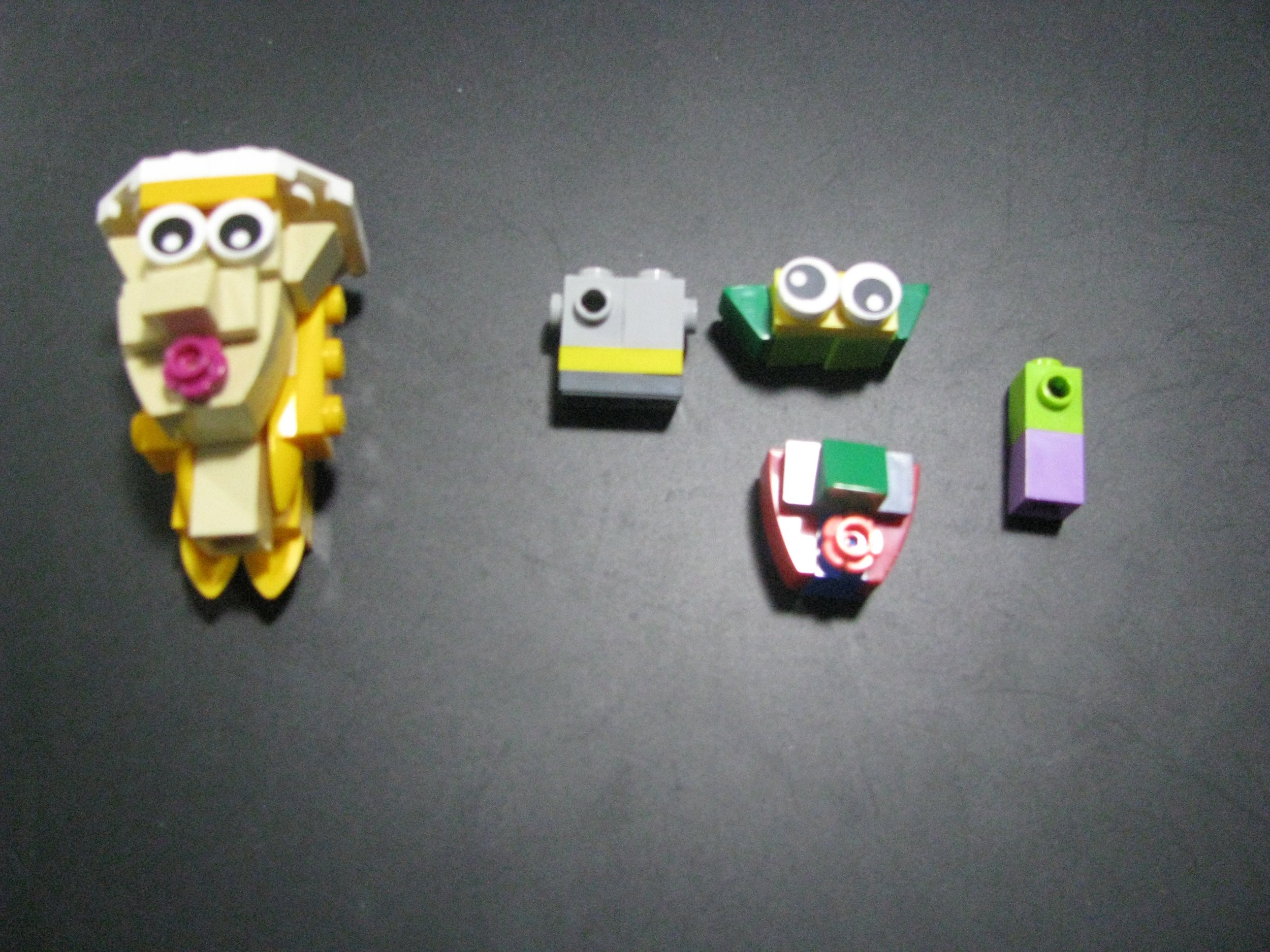

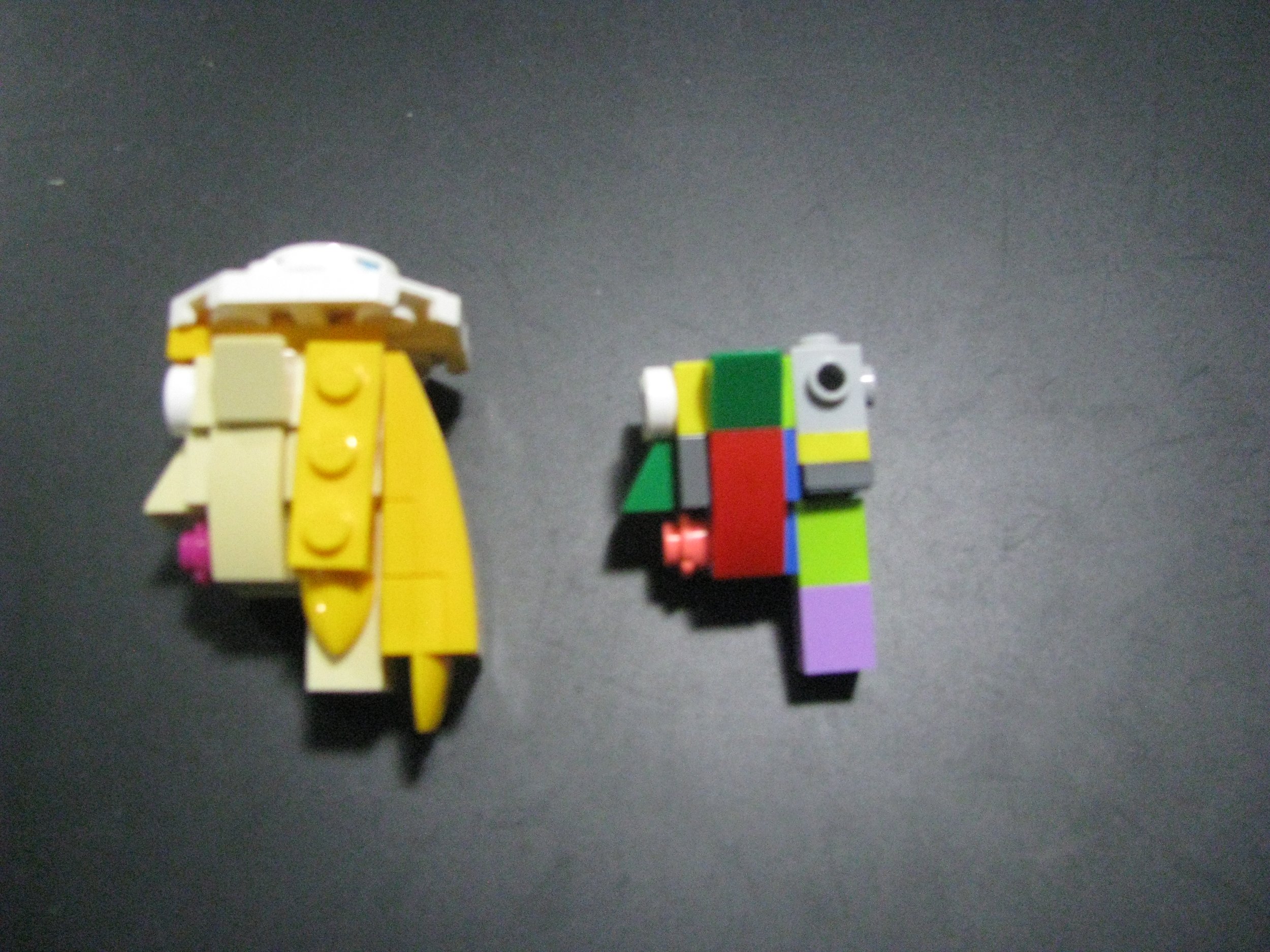
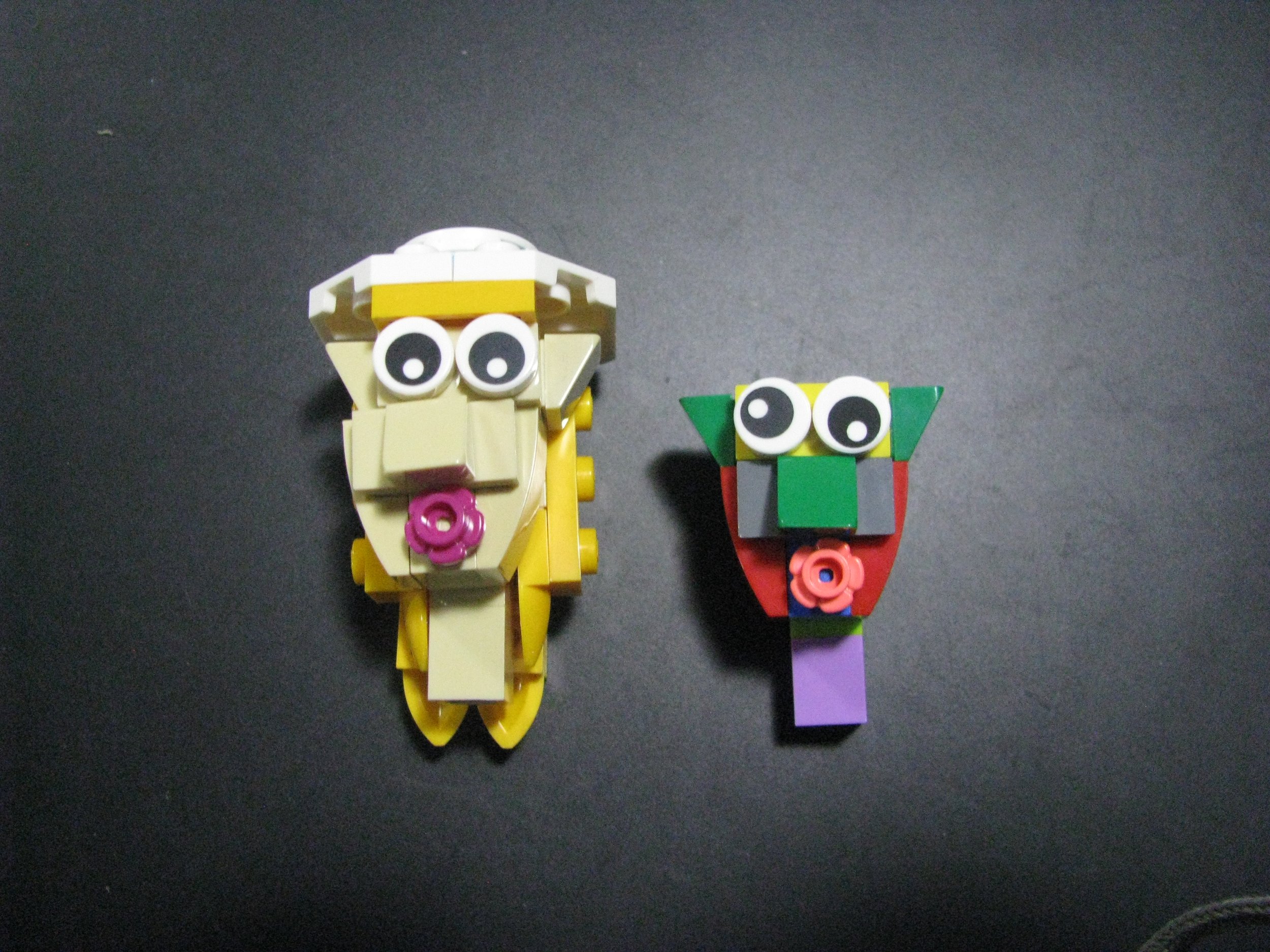
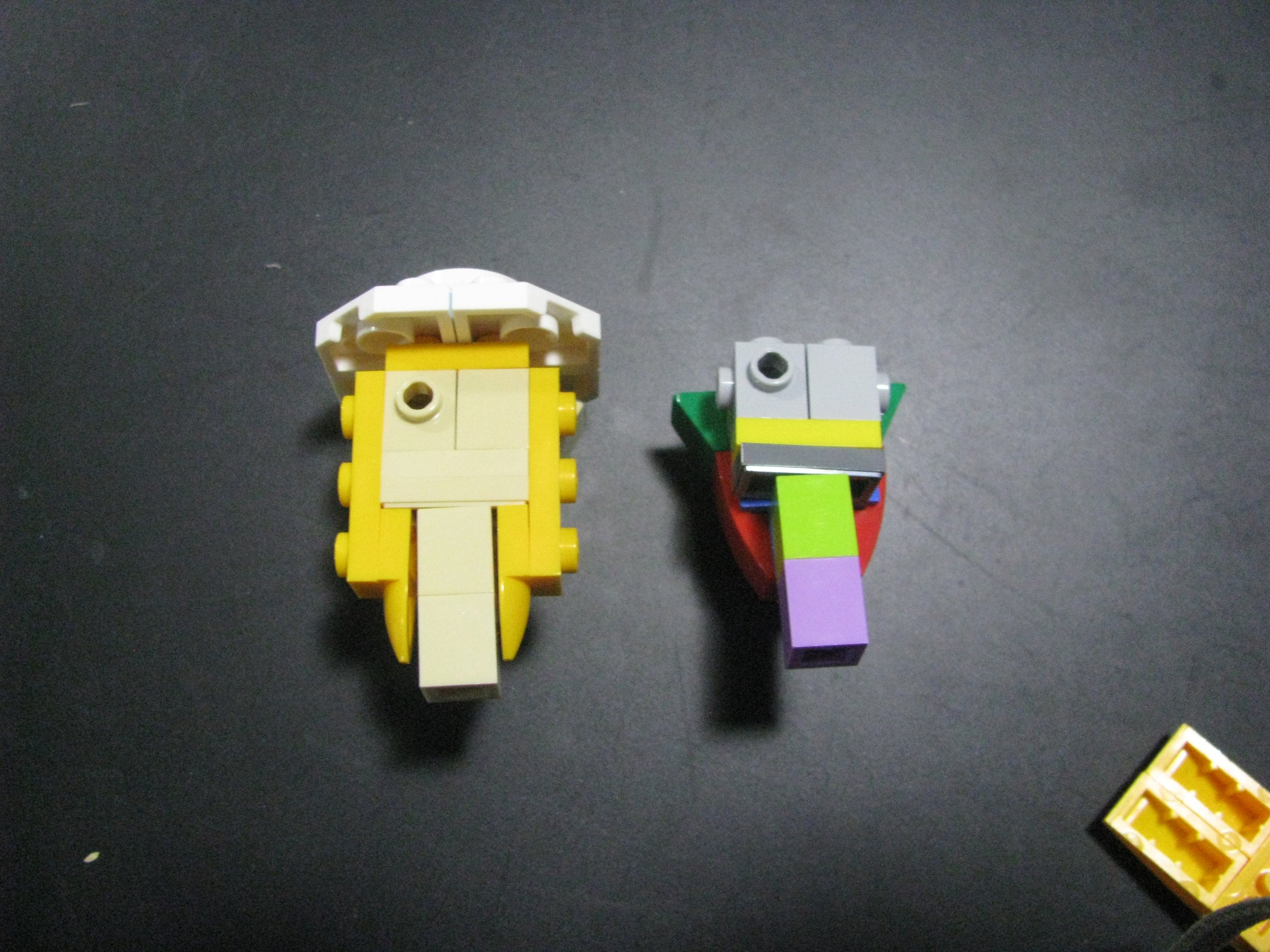
Have you ever build a LEGO figure? Let us know in the comments!
Do you want to help BrickNerd continue publishing articles like this one? Become a top patron like Charlie Stephens, Marc & Liz Puleo, Paige Mueller, Rob Klingberg from Brickstuff, John & Joshua Hanlon from Beyond the Brick, Megan Lum, Andy Price, Lukas Kurth from StoneWars, Wayne Tyler, LeAnna Taylor, Monica Innis, Dan Church, and Roxanne Baxter to show your support, get early access, exclusive swag and more.

